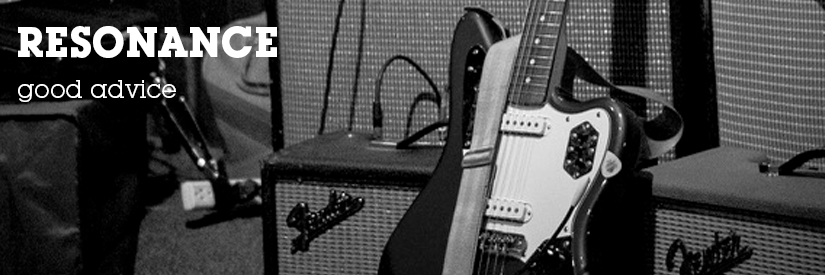Resonance
- Posted on

In a nutshell, anything that is intended to turn an electrical signal into a sound (loudspeaker, telephone handset speaker, electronic clock or wrist-watch alarm, burglar alarm keypad beeper, ultrasonic motion detector sender, smoke alarm beeper, electronic component beeper) or turn a sound into an electrical signal (microphone, telephone handset mic, ultrasonic motion detector receiver, glass-break detector, etc.) will resonate in sympathy to the music playing in a room. The resultant output will intermodulate with the music and alter the rhythm of the music and the pitches of the notes.
Items which resonate with a "bell-like" quality may also have the same effect. Items such as a piano or other acoustic musical instrument, an auxiliary telephone bell, the bell in a manual typewriter, hollow metal or ceramic pottery and statuary, and bicycle wheels have all been heard to alter the rhythm of the pitches of the notes of music being played in the same room. Decorative "dressing screens", and panel and foam type acoustical room treatments can wreak havoc with the rhythm and pitches of music as well.
To understand this phenomenon, try this demo:
1) Place an extra speaker in the room with a pair of speakers playing. Remove the grill from the unused speaker while the music is playing. Feel the vibration of the cone of the woofer on the undriven speaker.
2) Turn the volume all the way down and remove the grill from the working loudspeaker, and feel the cone as the volume is turned up slowly, stopping when it feels to be about the same amount of vibration as the undriven speaker had been previously.
3) The amount of noise being made by this driven woofer is the same as was made by the undriven one before (equal vibration equals equal noise, roughly speaking). It is doubtful that anyone will deny that this much extraneous noise will interfere with the music!
